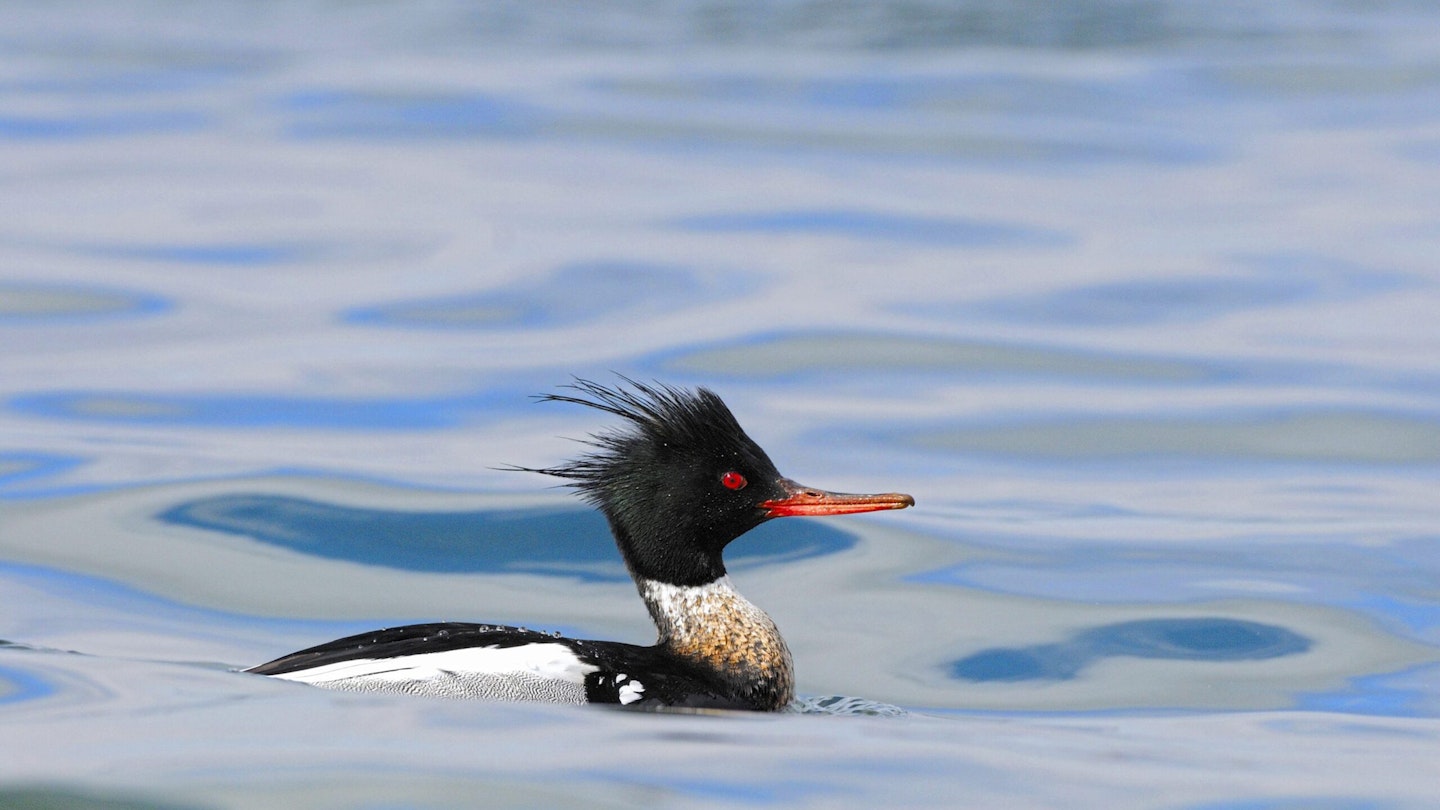The last true winter month is a quick one, over before you know it. So, make the most of cold weather birding before the onrush of spring. Here are five great birds to brighten up any winter’s day.
Avocet

Having returned to breed in the UK (in Suffolk) in the 1940s, the Avocet has gone from strength to strength, with about 2,000 pairs breeding (mainly coastally in eastern, southern and north-west England). Nearly 9,000 Avocets winter in the country (with many in south-west England). Unmistakable and beautiful, these elegant waders are always a pleasure to watch, whether feeding on foot or swimming, or in flight.
Red-breasted Merganser
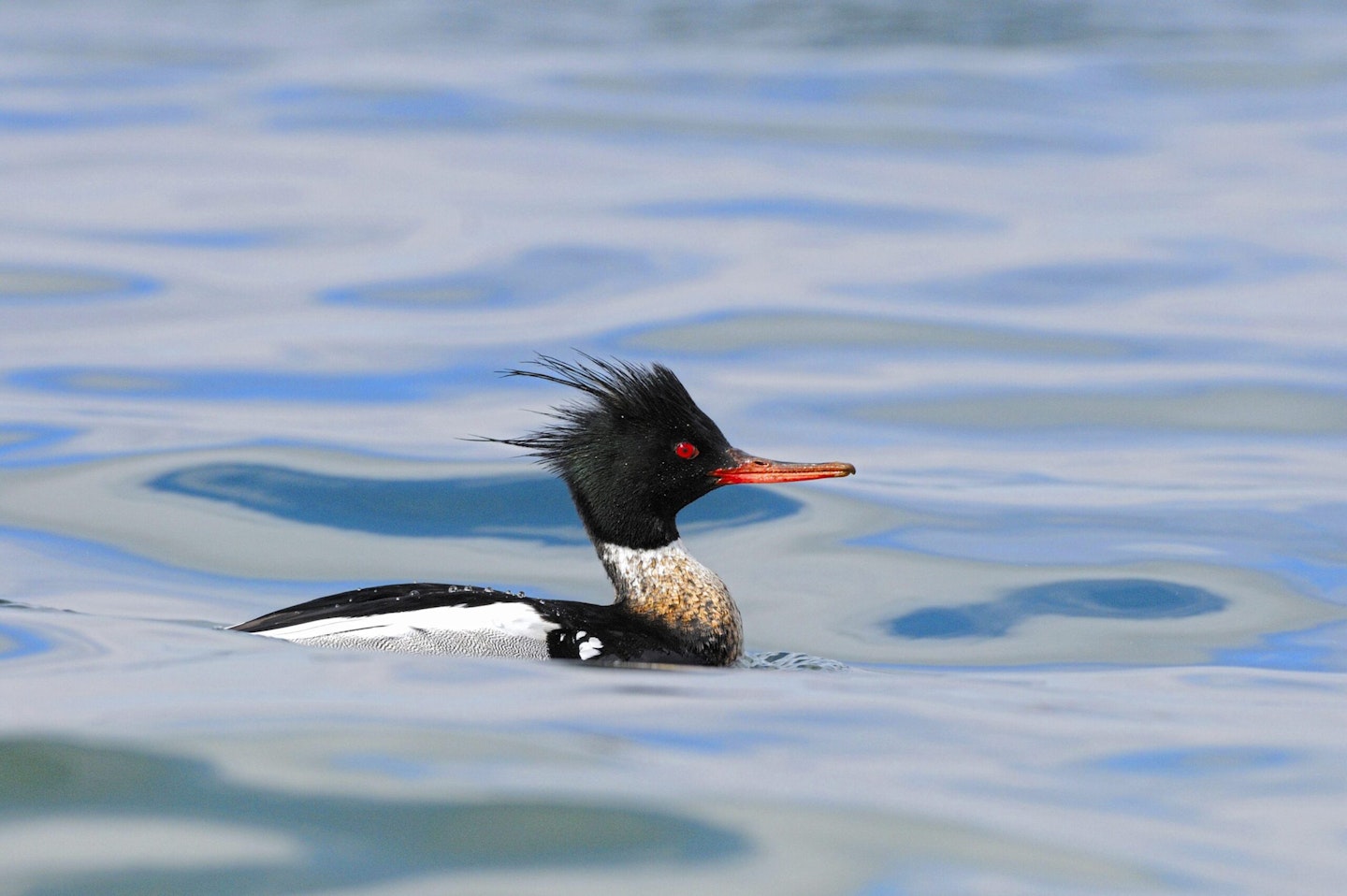
Of our three merganser species (the others are Goosander and Smew), the lovely RbM is the most marine, favouring inshore coastal waters and estuaries (but occasionally venturing inland). In all plumages, they have spiky crests and long, fine, upturned red bills (lacking an obvious hook, as seen on Goosander bills). The streaked brown (not really red) breast instantly distinguishes males from pale breasted Goosander drakes, but is hardly the most notable characteristic.
Lesser Redpoll
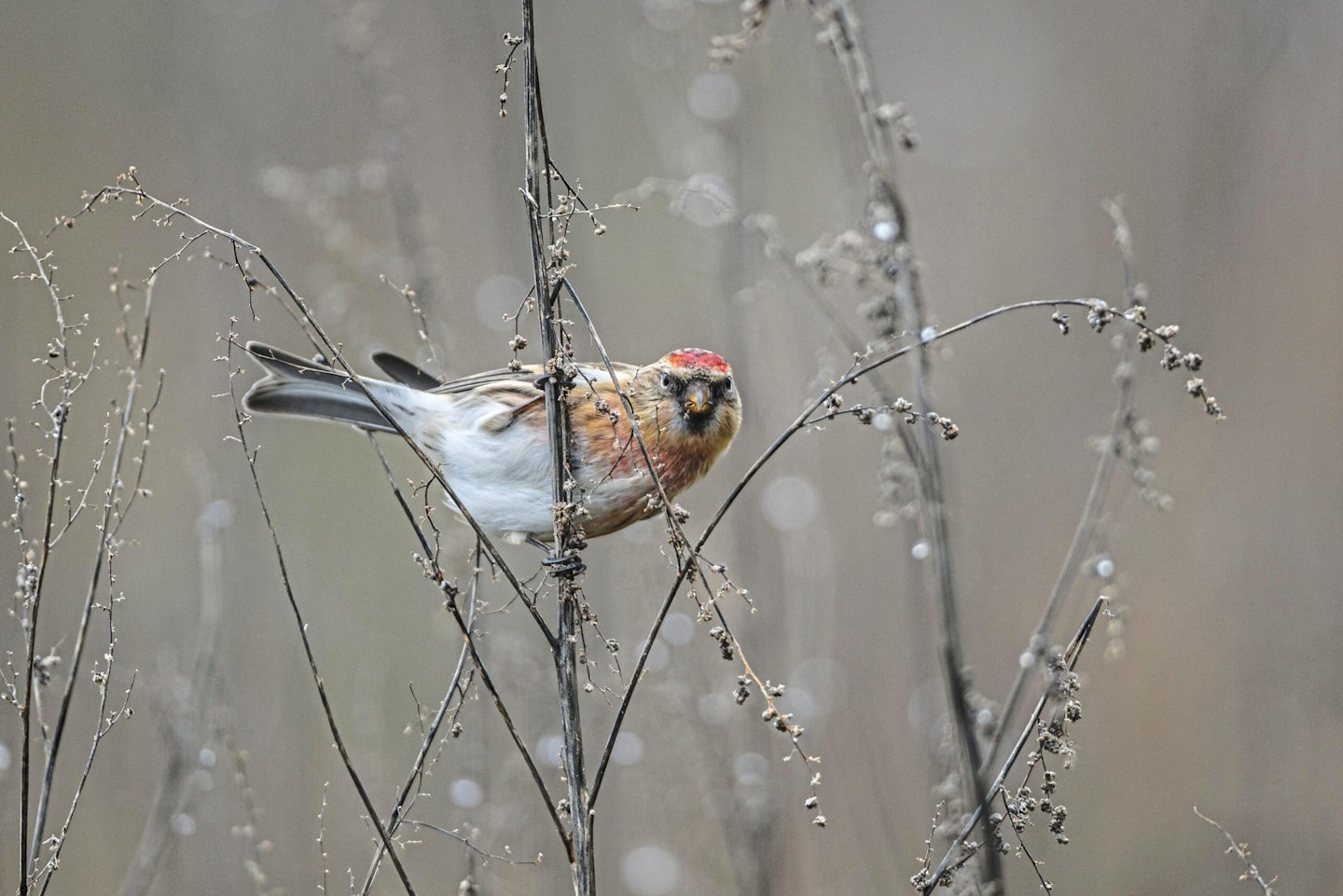
The smallest redpoll species (about Blue tit sized) is also easily the commonest encountered around most of the UK. Can be told from the larger Mealy (aka Common) Redpoll and Arctic Redpolls, by its small size and brown/buff plumage, including buffy wing-bars. Lesser Redpolls are feeders on tiny seeds, and have a great fondness for birches and Alders, and dangle acrobatically like tits to extract the seeds from the catkins. So, if you know where there are stands of these trees, start here.
Marsh Harrier
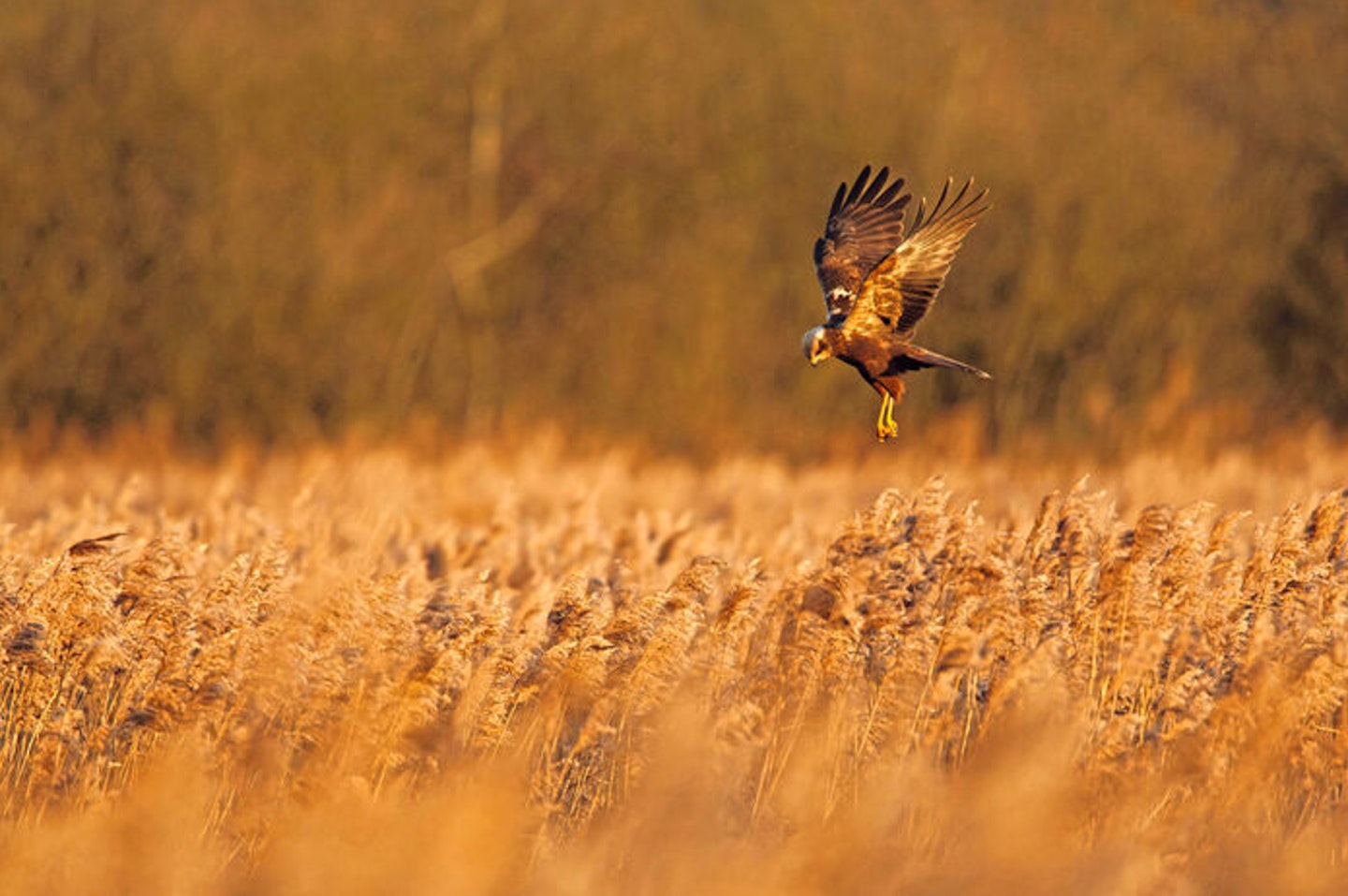
These big, chunky wetland-loving harriers are familiar birds to many who live in East Anglia or some areas of south-west or north-west England. They are, though still pretty rare breeders, with only about 400 pairs breeding each year. A couple of decades ago, they were just about exclusively migratory birds, turning up in very early spring, and not wintering. These days, though, a large chunk of the population takes advantage of our milder modern winters. They are still probably best looked for near their breeding grounds, hunting over ditches and reedy fenland and similar habitats.
Short-eared Owl
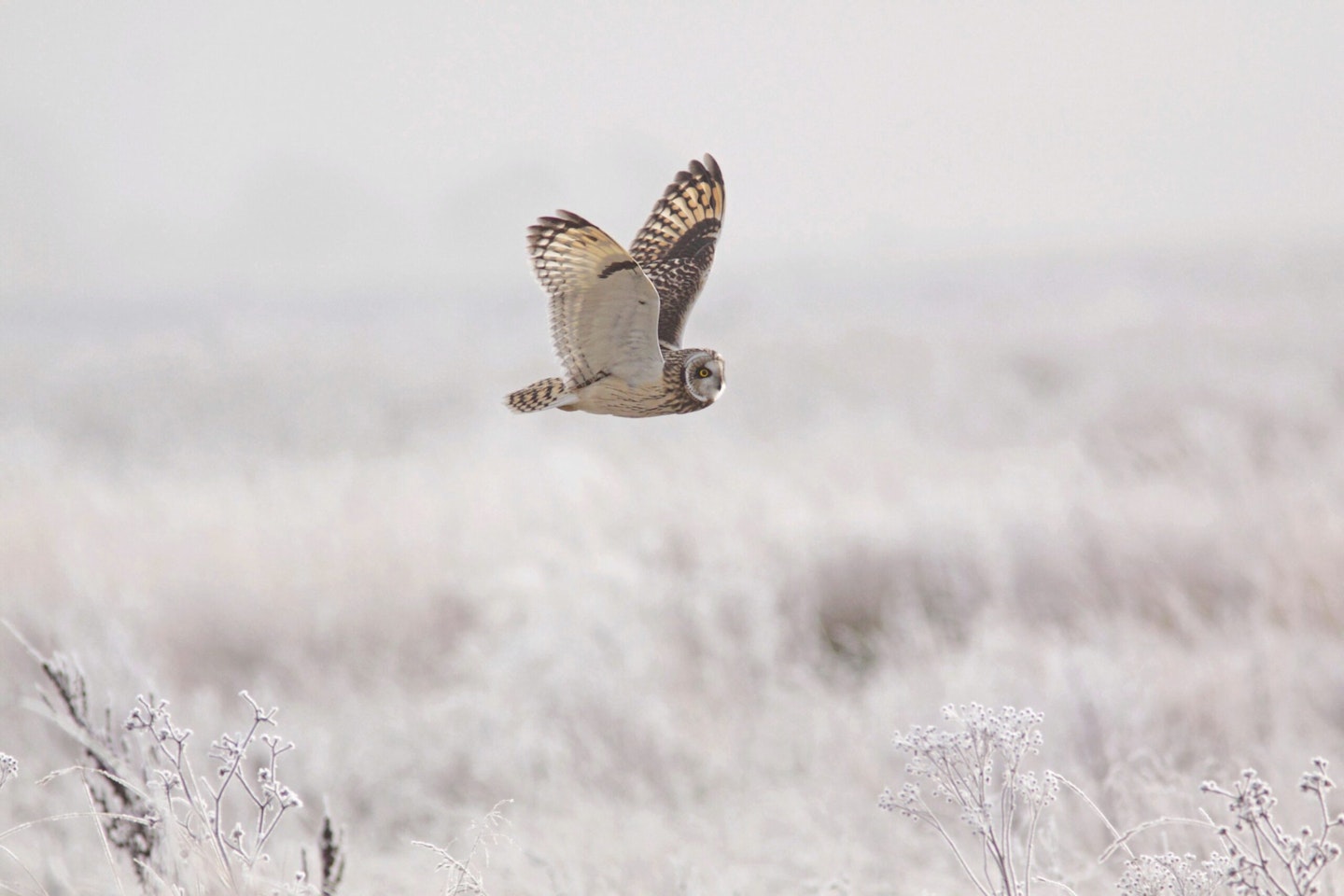
The owl equivalent of a harrier, Short-eared Owls are among our most familiar owl species, mainly because they are often seen hunting well before sun-down. The flight is buoyant on long slim wings, and given good views, you will note the piercing yellow irises. Very much a bird whose population follows boom and bust cycles; in good years, thousands will be present in the country. Try open, rough grassland areas.
